
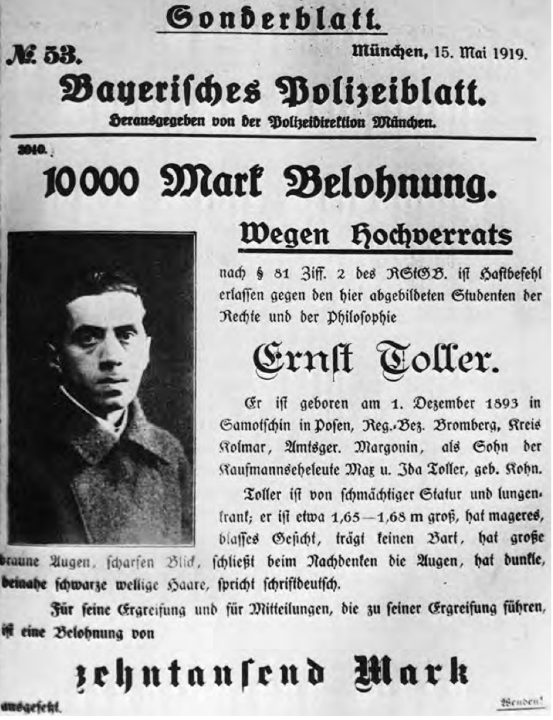
Red Flag of the Future is a new opera based on Laura Schlachtmeyer's translation of Ernst Toller’s Masse-Mensch (1919). Examining the play’s history reveals why a tale of human dignity and revolution that global audiences found compelling in the 1920s feels viscerally immediate in our own moment.
Masse-Mensch was created in a three-day burst of genius in October 1919. Toller was locked up in a fortress prison in Eichstätt, a German town 16 miles northwest of Ingolstadt. His feverish pace was spurred by the fact that the events that inspired him were so raw and recent.
The play takes much of its plot and kinetic energy from the rise and fall of the Bavarian Workers Republic (Räterepublik Bayern) earlier that year. Toller was a key player in the idealistic but doomed revolutionary government in Bavaria, which collapsed in May 1919 after only a few weeks of existence. For a month after its fall, he was Germany’s most wanted man. But Toller hid out in Munich until a bloody spasm of reactionary violence had passed. He was lucky to escape summary execution.
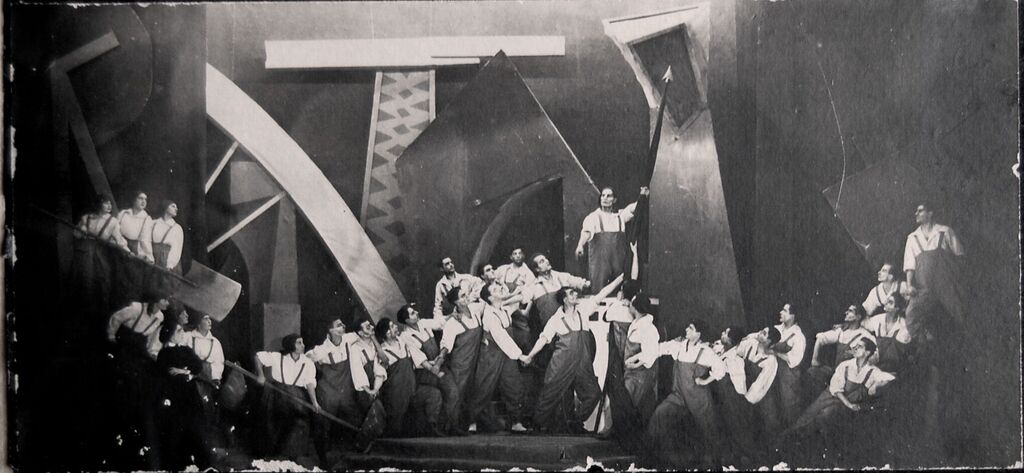
It was a year before Masse-Mensch was finally presented to a private audience of workers in Nuremberg in November 1920. This first production was shut down after only four performances. Yet it proved to be the start of a remarkable journey. In the decade after its debut, Masse-Mensch received at least 24 productions around the world.
Toller’s dynamic portrayal of the individual conscience in conflict with the mass politics of capitalism and revolution struck a chord with audiences from Tokyo to Tbilisi. It is one of the key works of German Expressionist drama, balancing vivid poetry against rich possibilities for choral dialogue and stage movement, as well as innovative scenic design.
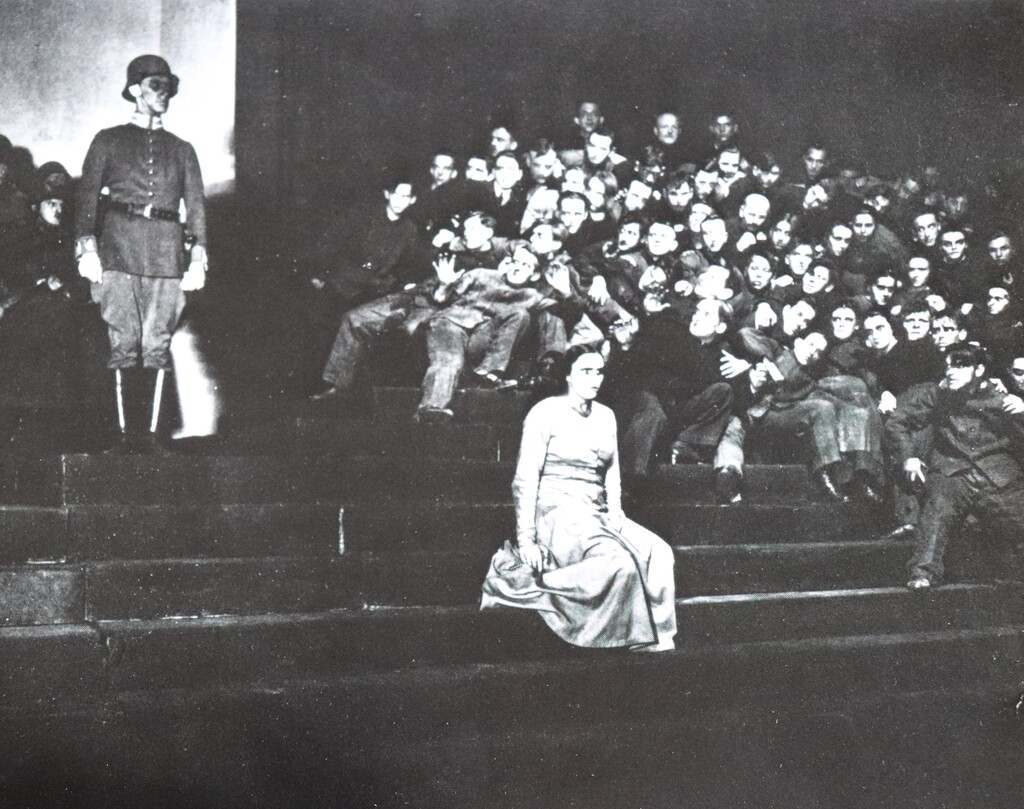
Perhaps the most influential early production of Masse-Mensch was presented by Berlin’s Volksbühne in 1921, where it began a two-year run in 1921 and played for 70 performances.
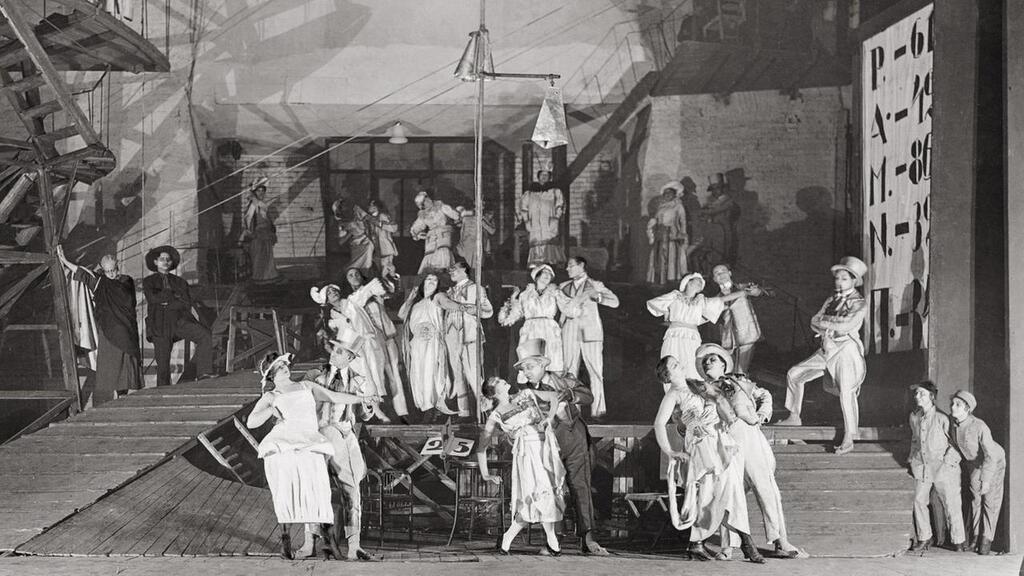
Pioneering Soviet director Vsevolod Meyerhold presented a version in Moscow’s Teatr Revolyutsii in 1923.
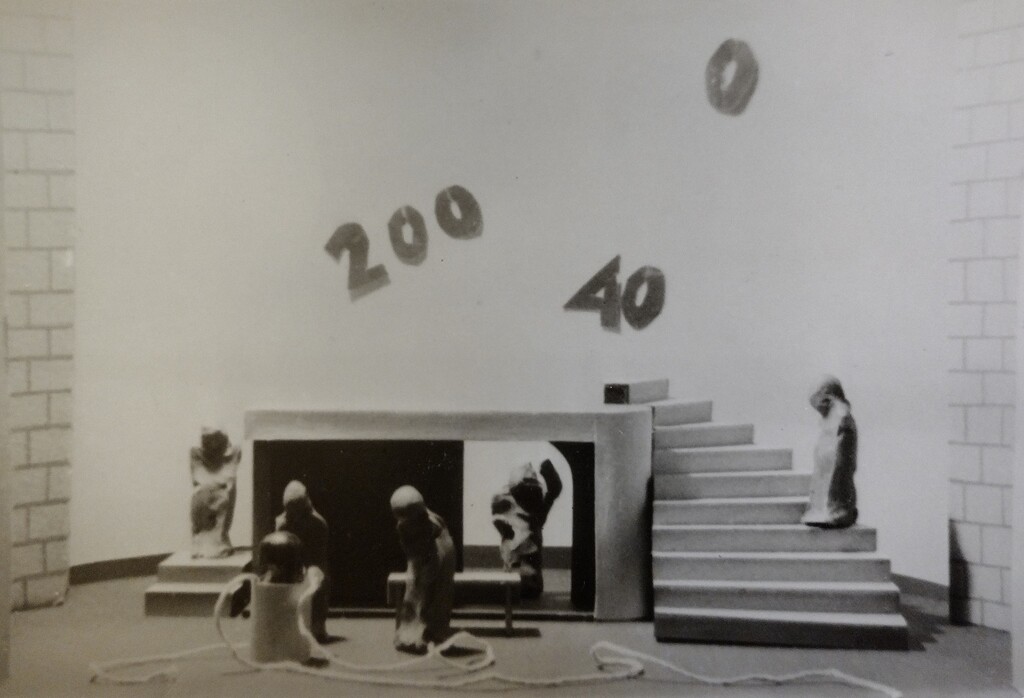
The play’s first New York production came in 1924 at The Theatre Guild.
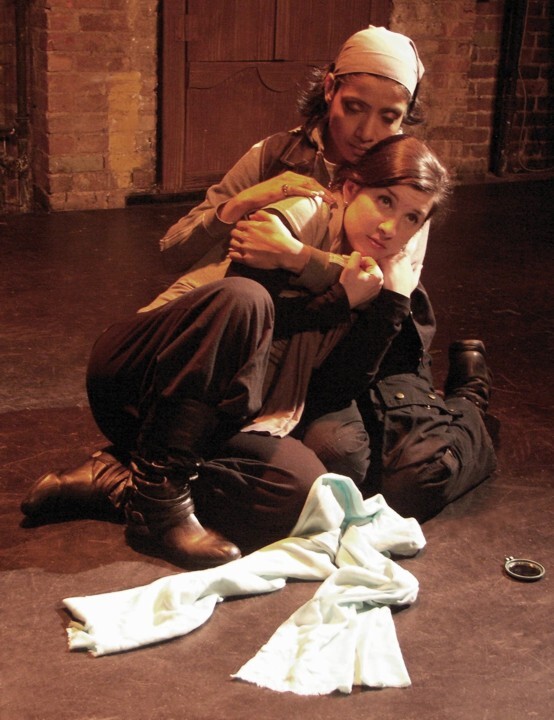
The seed for the opera Red Flag of the Future was planted in another New York production of Masse-Mensch in 2009, when Laura Schlachtmeyer’s translation was presented in the InGenius Festival at Manhattan Theatre Source, titled Mass/Person.
Photos: (a) Wanted poster, 1919 (public domain); (b) Tbilisi 1923, Chelovek-Massa (public domain); (c) Volksbühne 1921, Masse-Mensch (John M. Spalek Collection of the Ernst Toller Society); (d) Teatr Revolyutsii 1923, Chelovek-Massa (public domain); (e) The Theatre Guild 1924, set design for Man and the Masses, act 2 (Ernst Toller collection/Yale University Library); (f) Mass/Person, photo by John Watts